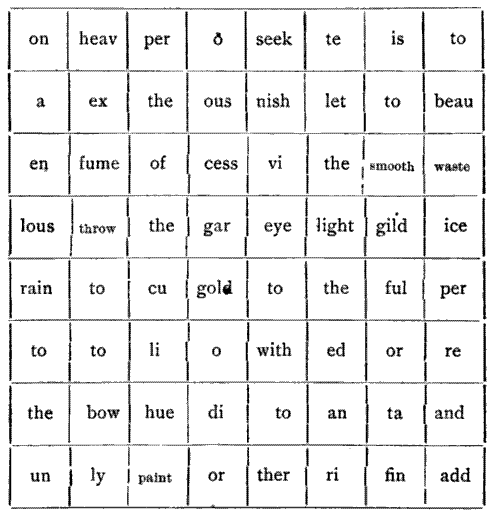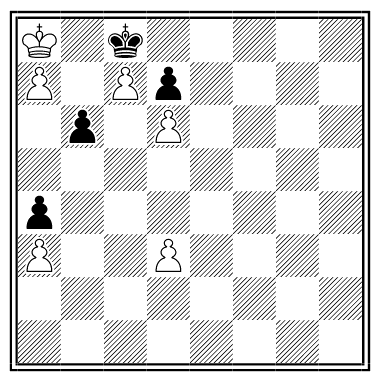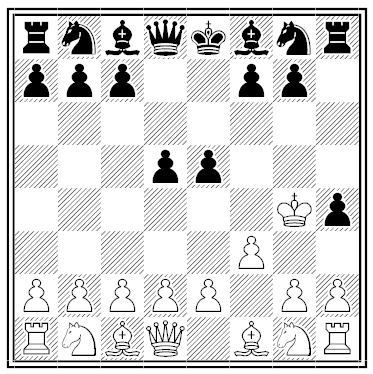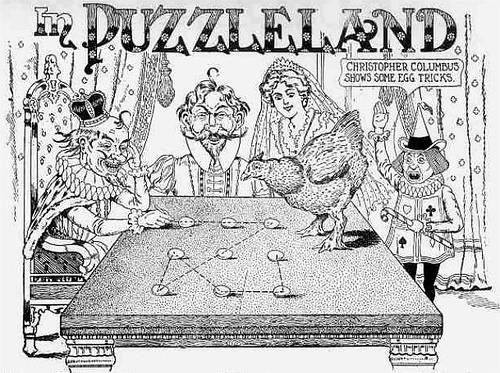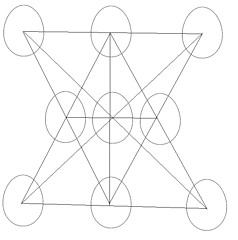
On a train, Smith, Robinson, and Jones are the fireman, the brakeman, and the engineer (not necessarily respectively). Also aboard the train are three passengers with the same names, Mr. Smith, Mr. Robinson, and Mr. Jones.
(1) Mr. Robinson is a passenger. He lives in Detroit.
(2) The brakeman lives exactly halfway between Chicago and Detroit.
(3) Mr. Jones is a passenger. He earns exactly $20,000 per year.
(4) The brakeman’s nearest neighbor, one of the passengers, earns exactly three times as much as the brakeman.
(5) Smith is not a passenger. He beats the fireman in billiards.
(6) The passenger whose name is the same as the brakeman’s lives in Chicago.
Who is the engineer?
|
SelectClick for Answer |
We know that the brakeman doesn’t live in Detroit (2) and that his nearest neighbor is a passenger (4). So that passenger can’t be Mr. Robinson, who lives in Detroit (1).
From (3) and (4) we know that the brakeman’s nearest neighbor also can’t be Mr. Jones (because Mr. Jones earns $20,000 per year, which is not evenly divisible by 3).
Thus, if the brakeman’s nearest neighbor is not Mr. Jones and not Mr. Robinson, it must be Mr. Smith.
Now, if Mr. Robinson lives in Detroit (1) and Mr. Smith lives halfway between Chicago and Detroit (as we’ve just deduced), then the third passenger, Mr. Jones, must be the one referred to in (6) and thus lives in Chicago.
That means, also from (6), that the brakeman’s name is Jones. And if Smith is not the fireman (5), then by elimination Smith must be the engineer.
|
